Can You Solder Aluminum?
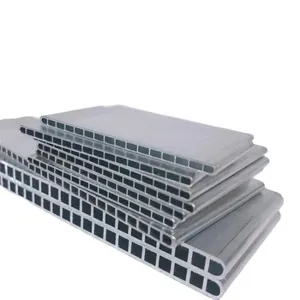
I used to believe aluminum couldn’t be soldered at all. Every time I tried, the solder just balled up and rolled away. I thought it was impossible.
Yes, aluminum can be soldered—but only with the right preparation, flux, and solder alloy. It’s harder than soldering copper, but not impossible.
It took me some research, the right tools, and a few failed attempts before I figured out what works. Let me walk you through it.
What Flux Works Best for Soldering Aluminum?
The first time I tried soldering aluminum, I used regular rosin flux. It did nothing. That’s when I learned flux choice is critical.
Aluminum requires specialized flux that can break through its oxide layer—such as zinc chloride-based or fluoride-based fluxes.
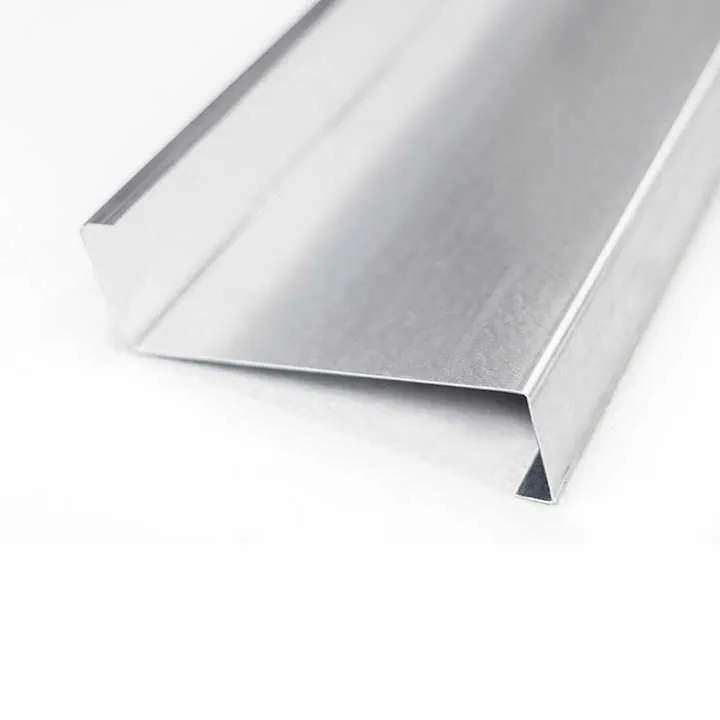
Unlike copper, aluminum forms a tight oxide layer that resists most soldering. That oxide layer reforms almost immediately when removed. Standard rosin flux won’t break it. What works instead are more aggressive fluxes formulated specifically for aluminum.
Types of Flux That Work:
-
Zinc Chloride-Based Flux
This is one of the most commonly used aluminum soldering fluxes. It’s strong and corrosive, so I always clean thoroughly afterward. -
Tin(II) Chloride and Ammonium Chloride Mixtures
These are often part of commercial aluminum soldering flux blends. -
Fluoroborate or Fluoride-Based Fluxes
These are more effective on high-purity aluminum and aluminum alloys. -
Commercial Products
Brands like Superior No. 1260 or Harris AL Flux are made for aluminum-to-aluminum and aluminum-to-copper soldering.
Why Special Flux Matters
Regular fluxes only clean oils and basic oxides. Aluminum’s oxide layer is different—it’s very stable and protects the metal. Only a reactive flux can break it and allow solder to bond.
Zinc chloride-based flux is effective for soldering aluminum.True
It reacts chemically with aluminum oxide, making the surface solderable.
Rosin flux works well for soldering aluminum.False
Rosin flux cannot break through aluminum oxide and is ineffective on aluminum.
Can Aluminum Be Soldered Easily?
The truth is, aluminum doesn’t solder as easily as copper or brass. But that doesn’t mean it can’t be done.
Soldering aluminum is possible but not easy. The oxide layer, heat control, and proper material choices make it more difficult than other metals.
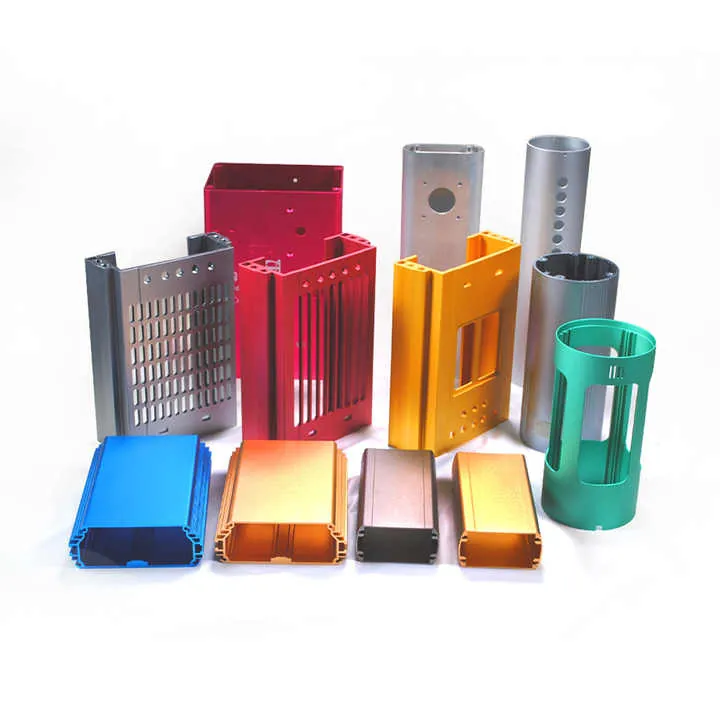
When I tried the first few times, I couldn’t get solder to stick. The solder just formed beads and rolled off. It wasn’t until I used the right flux and cleaned the metal properly that it worked.
Why It’s Hard
- Oxide Layer: Aluminum forms a very thin, tough oxide instantly when exposed to air.
- High Thermal Conductivity: Aluminum dissipates heat quickly, making it hard to keep one spot hot enough for soldering.
- Solder Compatibility: Most traditional lead or lead-free solders won’t bond with aluminum.
Tips to Make It Work
- Always use aluminum-specific flux.
- Use the right solder alloy.
- Preheat the workpiece slowly and evenly.
- Apply solder immediately after preparing the surface.
In most cases, I don’t expect soldering aluminum to be fast or effortless. But with the right steps, I’ve made reliable joints.
Aluminum is harder to solder than copper due to its oxide and heat behavior.True
Aluminum’s fast oxidation and high heat loss make soldering harder than with copper.
Aluminum is as easy to solder as copper.False
Copper accepts solder readily; aluminum resists solder unless carefully treated.
What Solder Alloy Suits Aluminum?
I learned quickly that using standard 60/40 tin-lead solder wasn’t enough. It doesn’t bond to aluminum at all.
The best solder alloys for aluminum contain tin-zinc or aluminum-based metals, designed specifically for bonding to aluminum surfaces.
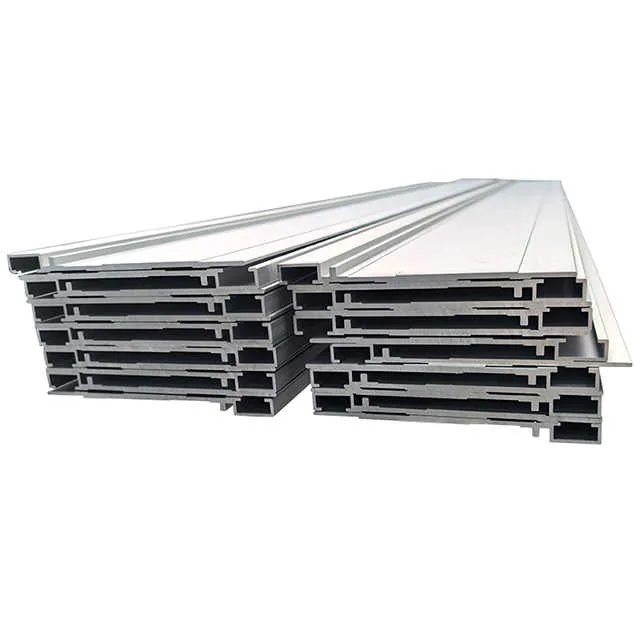
Recommended Solder Alloys:
| Alloy Name | Composition | Notes |
|---|---|---|
| Alusol? | Tin-Zinc | Designed for electrical aluminum joints |
| Indalloy #201 | 91% Tin, 9% Zinc | Good wetting and corrosion resistance |
| KappAloy 15 | Tin-Zinc blend | For aluminum-to-copper and aluminum-only |
| ALUSAC-35? | Aluminum-tin-copper | High strength, corrosion-resistant |
These solder alloys are made to interact with the aluminum oxide layer and form stronger mechanical bonds. I found that the higher the zinc content, the better the solder wetting on aluminum surfaces.
Why Standard Solders Fail
Traditional lead-tin or silver-tin solders work great on copper or brass—but not on aluminum. They just don’t bond because of the oxide barrier.
Tin-zinc solder alloys are effective for soldering aluminum.True
These solders wet and bond better to aluminum, especially when used with proper flux.
Standard 60/40 solder is ideal for aluminum.False
It does not bond to aluminum and is not effective without plating or special prep.
How to Prepare Aluminum for Soldering?
I used to wipe the surface with alcohol and think it was clean. But solder still wouldn’t stick. That’s when I learned preparation means more than just cleaning.
To solder aluminum, you must mechanically clean the surface, apply flux, and solder before the oxide reforms.
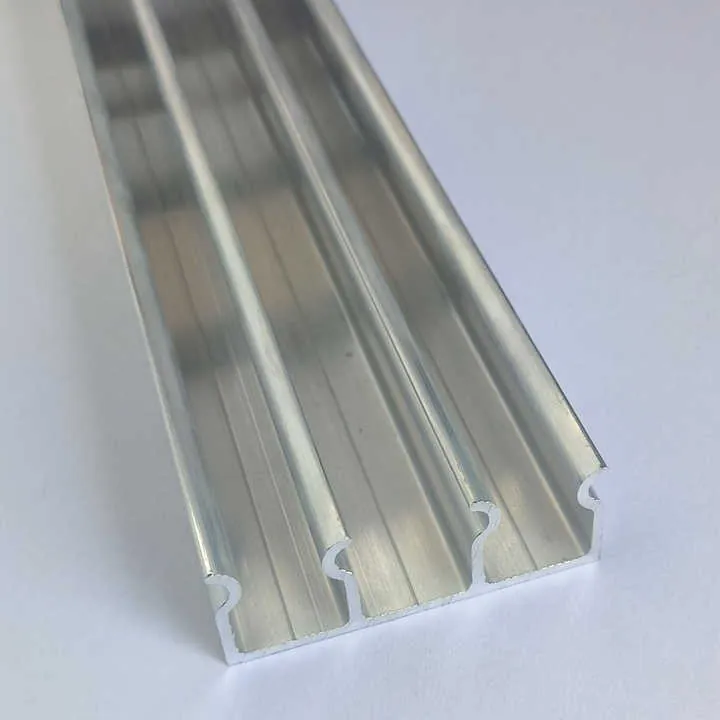
Preparation Steps:
-
Degrease First
- Use acetone or isopropyl alcohol to remove oils.
- Avoid touching the surface afterward.
-
Mechanically Abrade
- Use sandpaper (fine grit), steel wool, or a stainless-steel brush.
- Scuff the area just before applying flux.
- Some people solder while brushing to keep oxide from reforming.
-
Apply Specialized Flux
- Use aluminum-specific flux immediately after abrasion.
- Work fast—oxide reforms in seconds in open air.
-
Preheat the Aluminum
- Since aluminum draws heat away, I preheat the part gently.
- Use a soldering iron with at least 100 watts or a propane torch (with caution).
-
Solder Quickly
- Apply solder to the joint immediately after heating.
- Continue brushing gently if needed to break oxide at the joint.
-
Clean After Soldering
- Flux residue can be corrosive. I clean with hot water and a wire brush, then dry thoroughly.
Why This Matters
If the oxide layer reforms between steps, the solder won’t bond. Working quickly and using the right tools makes all the difference.
Sanding or brushing aluminum before soldering is required to remove the oxide layer.True
Aluminum oxide prevents solder from bonding, so mechanical abrasion is necessary.
You can solder aluminum without any surface preparation.False
Without removing oxide and applying flux, solder will not bond to aluminum.
Summary Table
| Question | Short Answer |
|---|---|
| Can you solder aluminum? | Yes, with difficulty and proper materials |
| What flux works best | Zinc chloride or fluoride-based flux made for aluminum |
| Is it easy to solder | No, due to oxide and heat challenges |
| Best solder alloy | Tin-zinc (e.g. Indalloy #201, ALUSAC-35, KappAloy series) |
| How to prepare? | Abrade surface, apply flux, heat and solder quickly |
Conclusion
I now know that soldering aluminum isn’t impossible—it just demands respect. From proper surface prep to the right flux and solder, every detail matters. With aluminum, rushing leads to failure. But when I slow down and follow the right steps, I can get strong, functional joints that last.
I’ve learned to avoid shortcuts. And once you try the right tools and techniques, you’ll understand that even aluminum can be soldered—with patience and precision.



